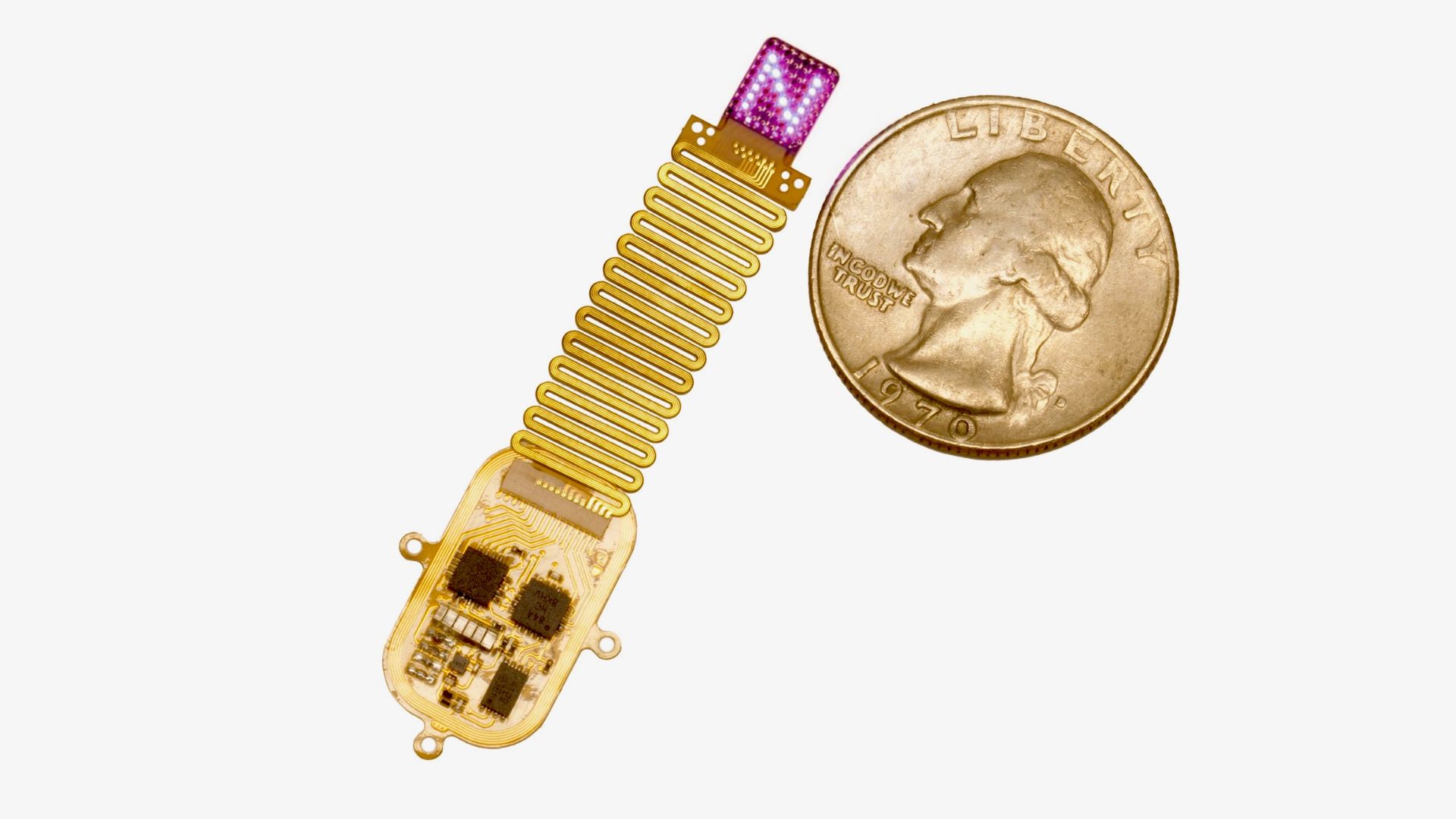Photos: Newfound Ancient Human Relative Discovered in Philippines
Giant cave
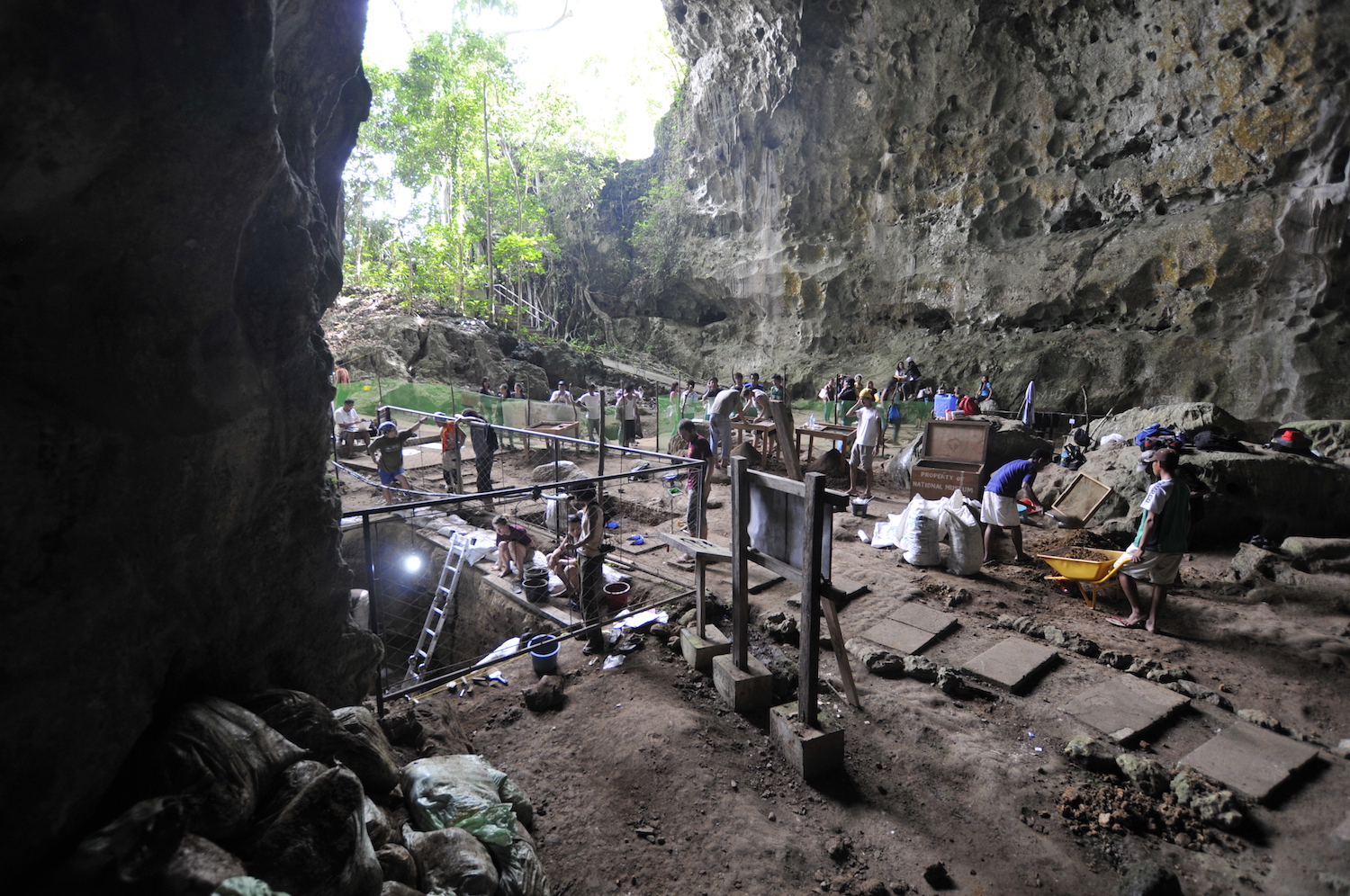
After years of excavation, researchers have discovered bones from a previously unknown hominin in Callao Cave, on Luzon Island in the Philippines. This new hominin is in the same genus as Homo sapiens. Its name is Homo luzonensis.
[Read more about the newfound ancient human relative]
Work crew
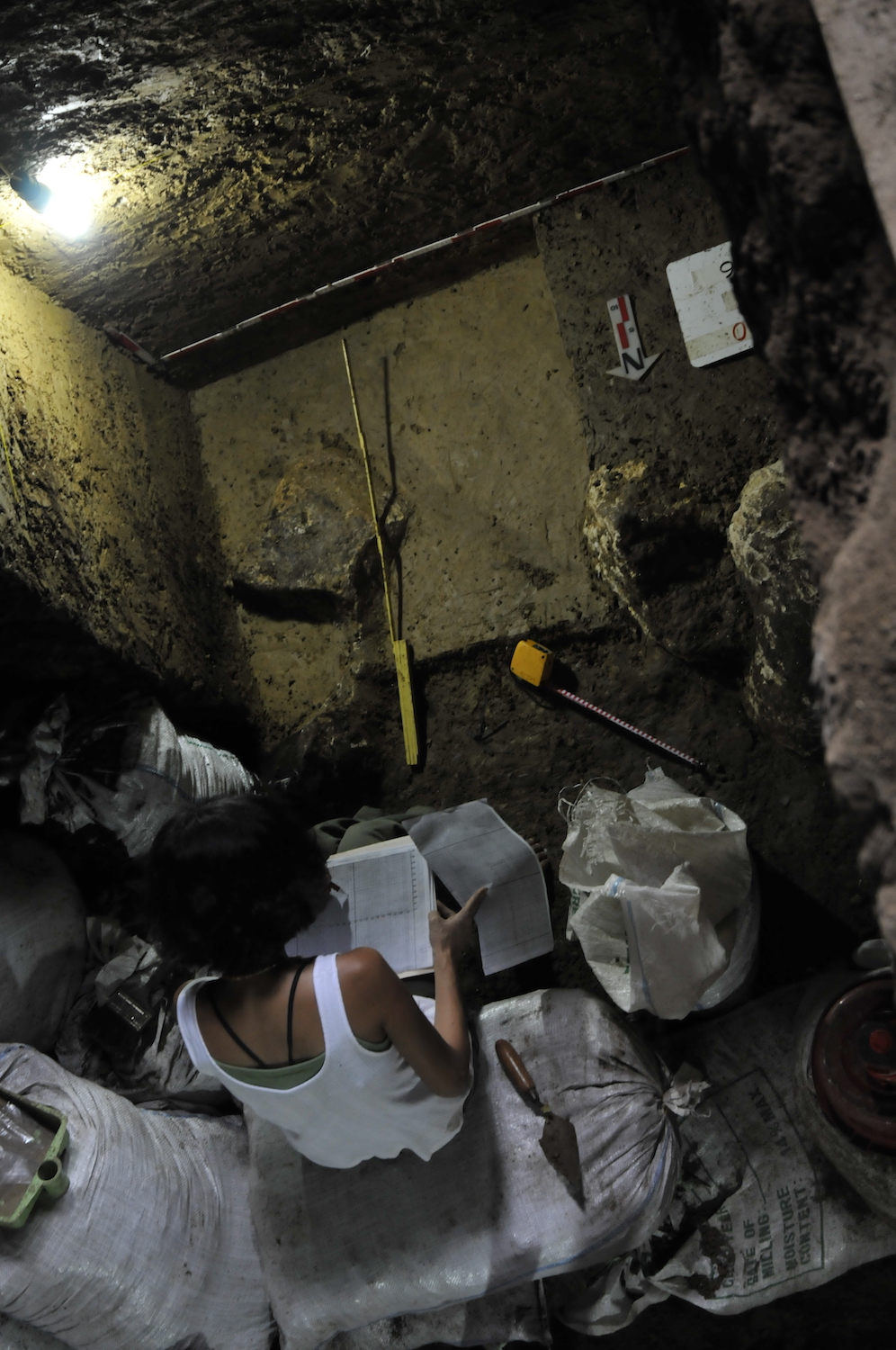
Digs in 2007, 2011 and 2015 recovered bones and teeth from Homo luzonensis dating to between 67,000 and 50,000 years ago.
Work station
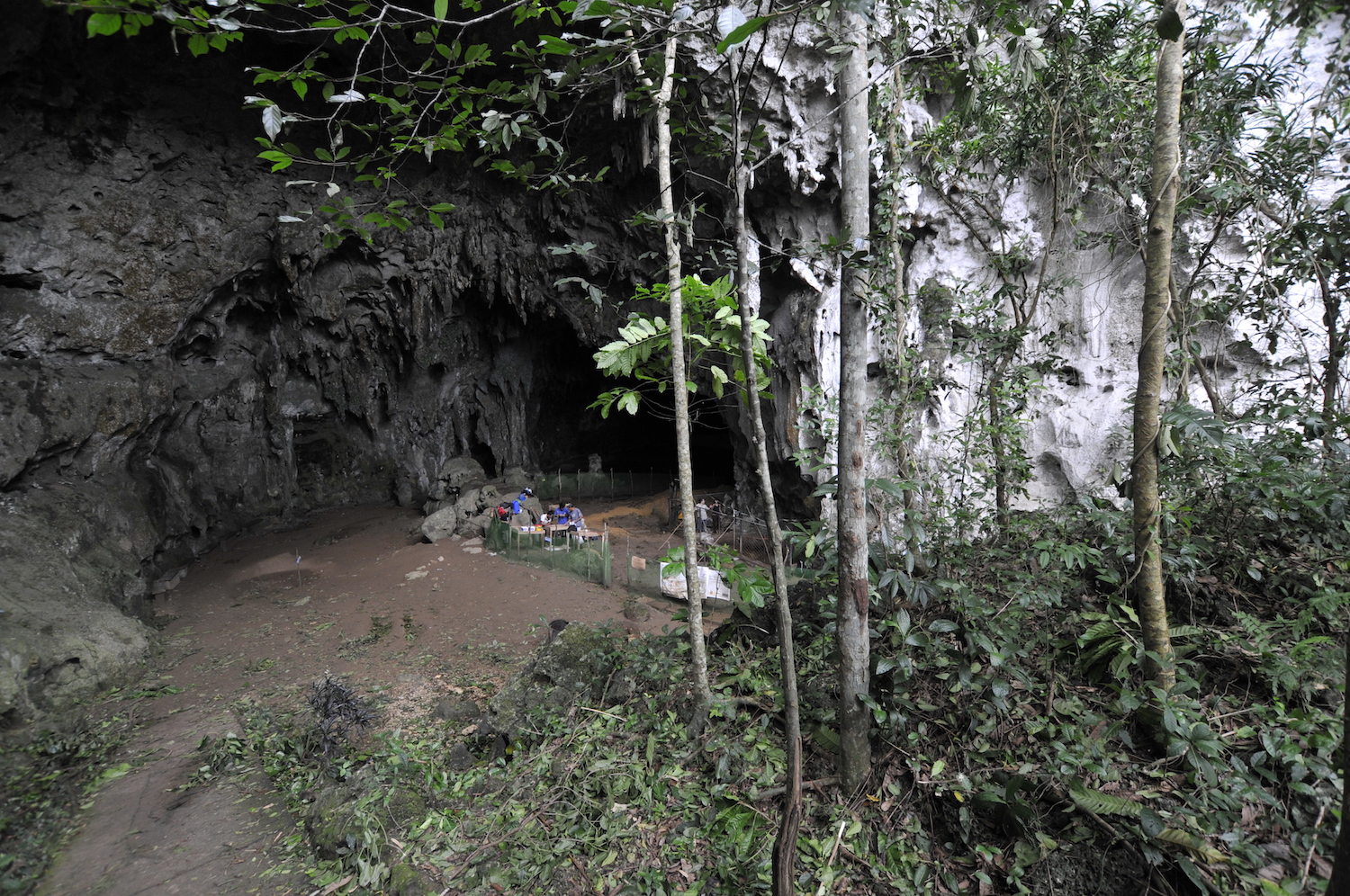
The team discovered 13 bones and teeth in all, including toe and finger bones, teeth and a thigh bone. These bones came from at least three different individuals.
Ancient teeth
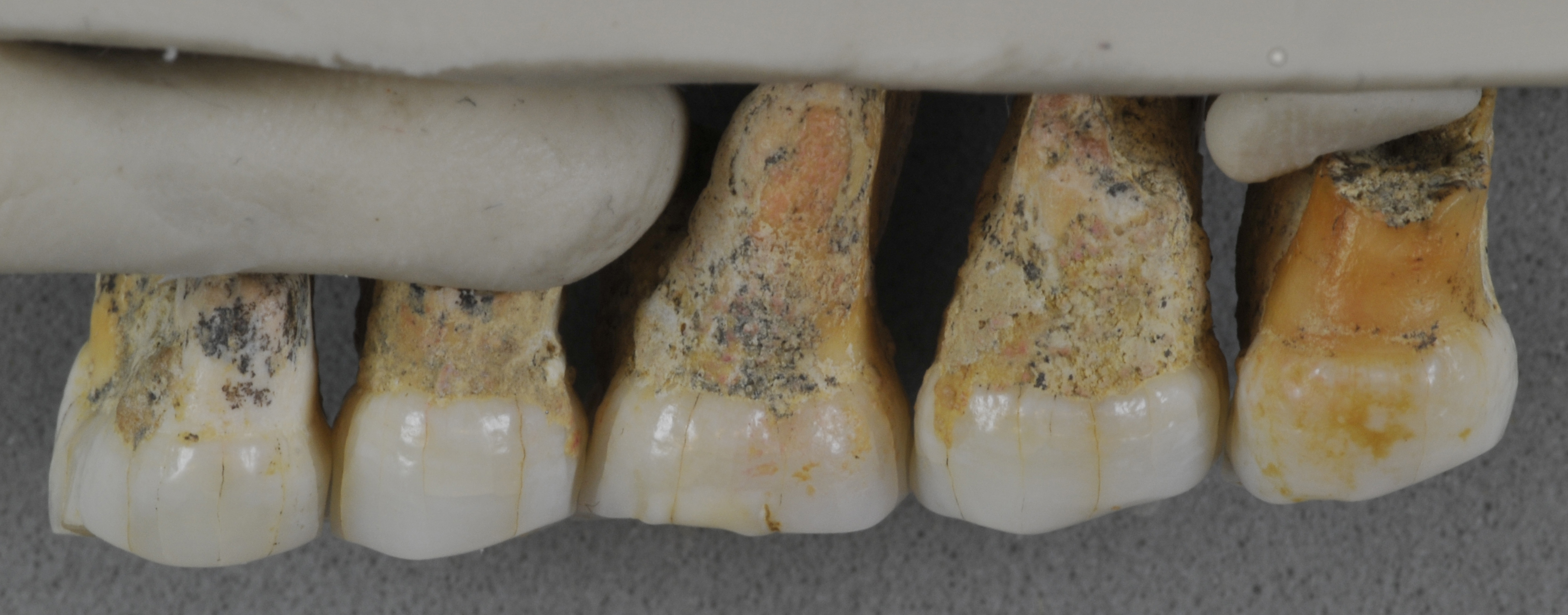
Some of the right upper teeth from one Homo luzonensis individual. From left to right: two premolars and three molars.
Foot bone
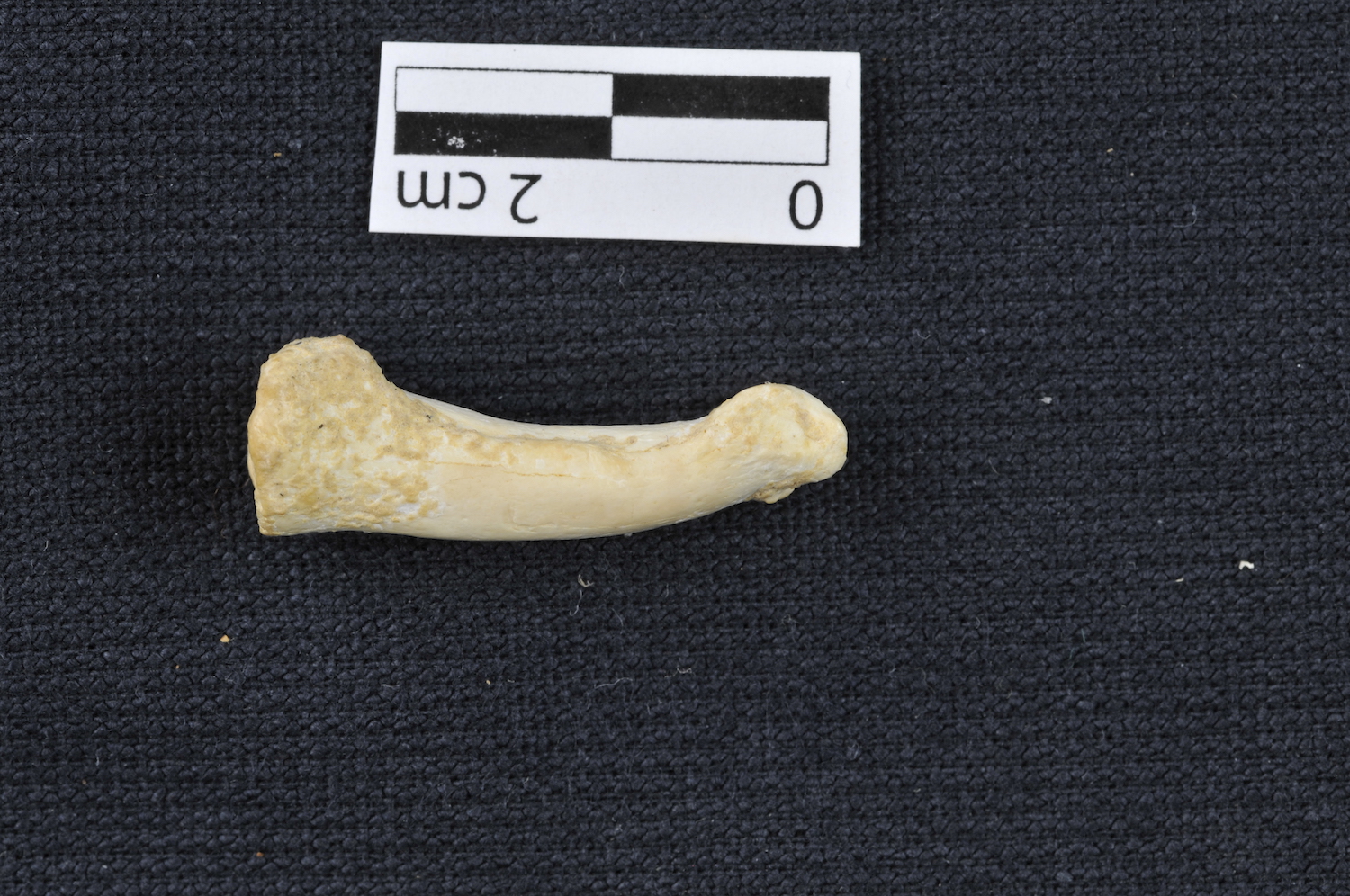
The proximal foot phalanx of Homo luzonensis. Notice the longitudinal curvature of the bone, which suggests that this species was adapted to climb trees.
Amazing find
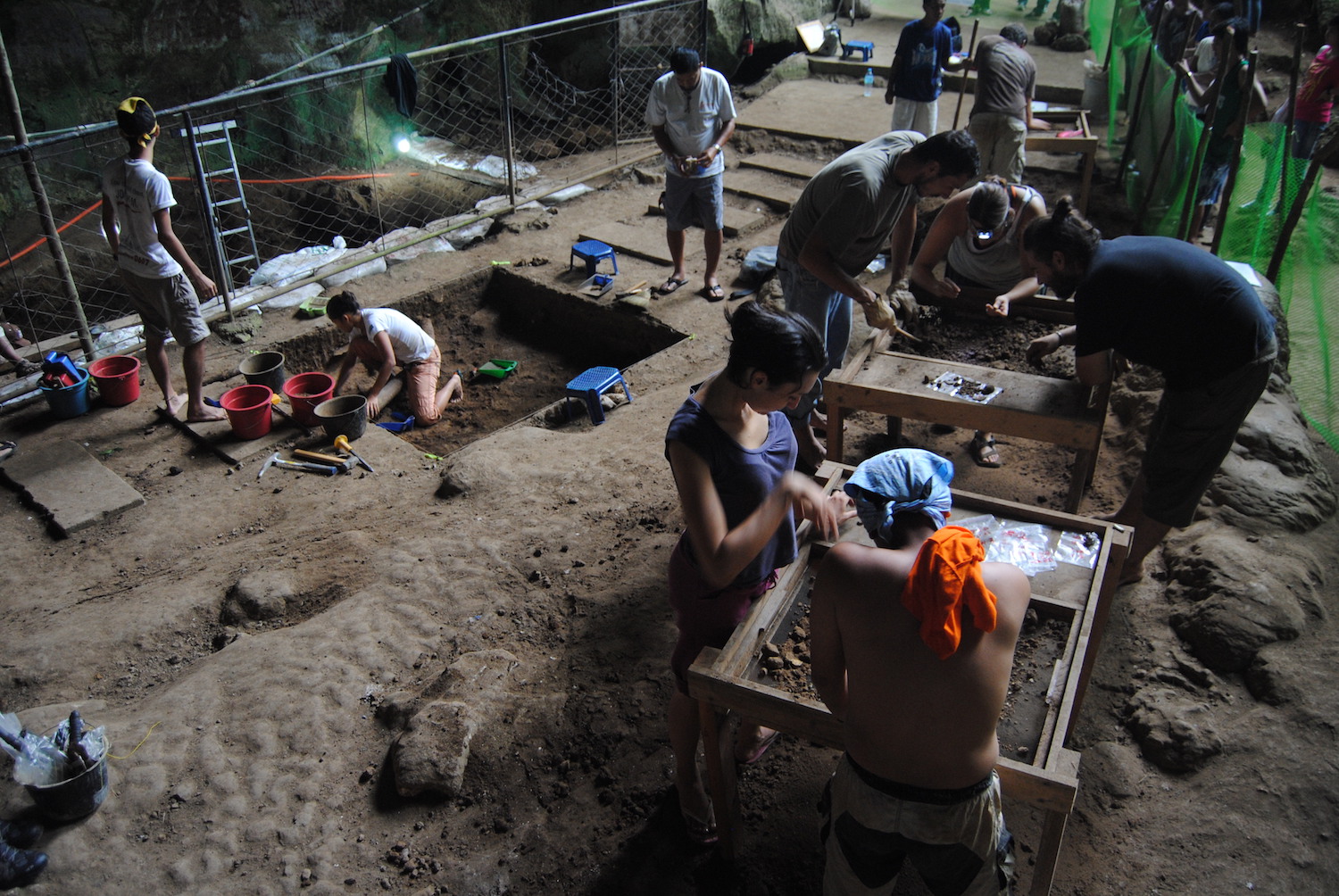
The Homo luzonensis bones and teeth are the earliest known human remains from the Philippines. They're older than the first remains of Homo sapiens from the region, which date to about 30,000 to 40,000 years ago on Palawan island.
Majestic cave
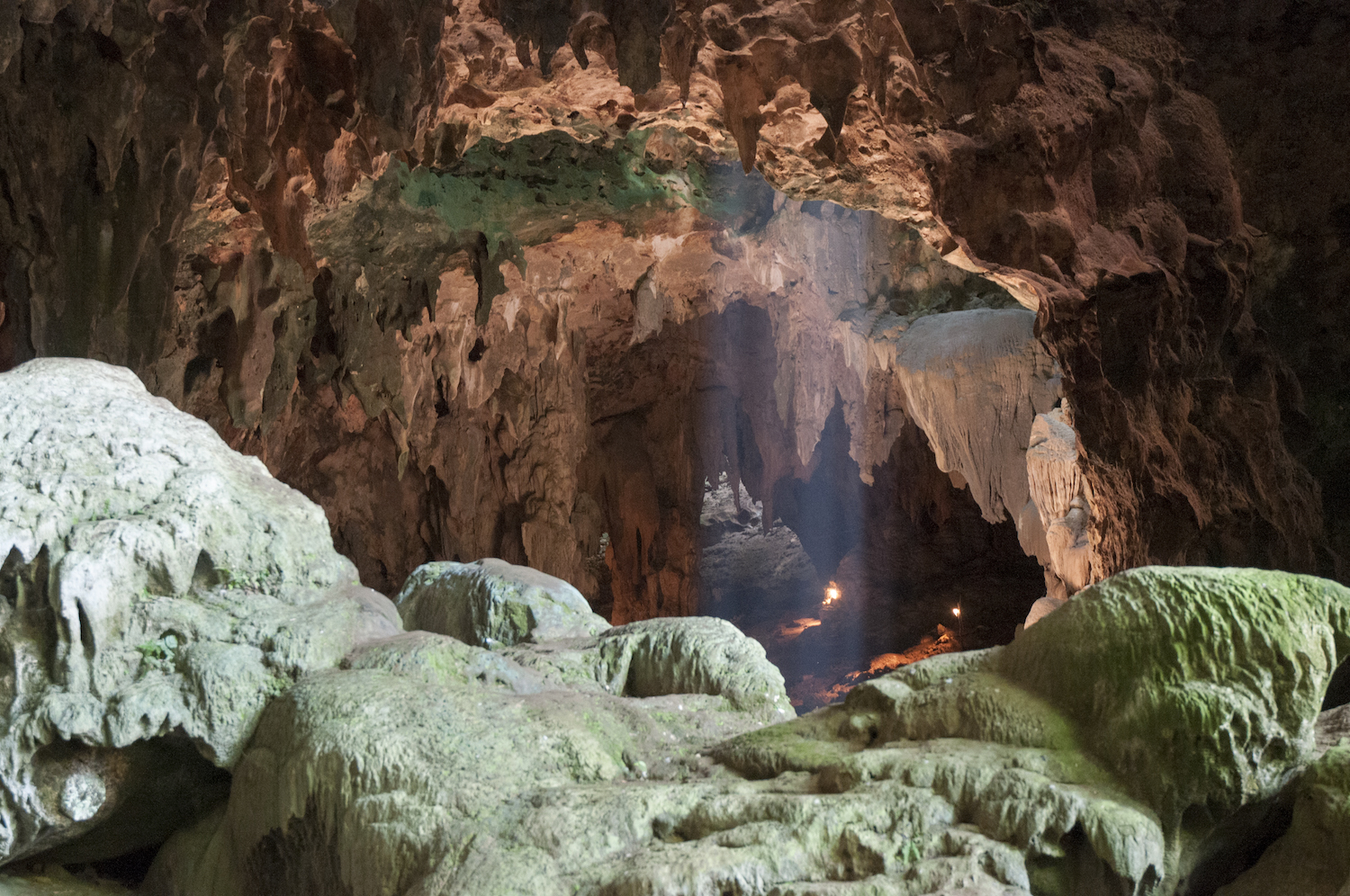
The bones and teeth found in this cave have kept researchers busy. A comparative analysis between Homo luzonensis and other human relatives showed that the newfound species had very primitive elements that look like Australopithecus. But Homo luzonensis also has features that look modern, much like Homo sapiens.
Get the world’s most fascinating discoveries delivered straight to your inbox.
Deep dive
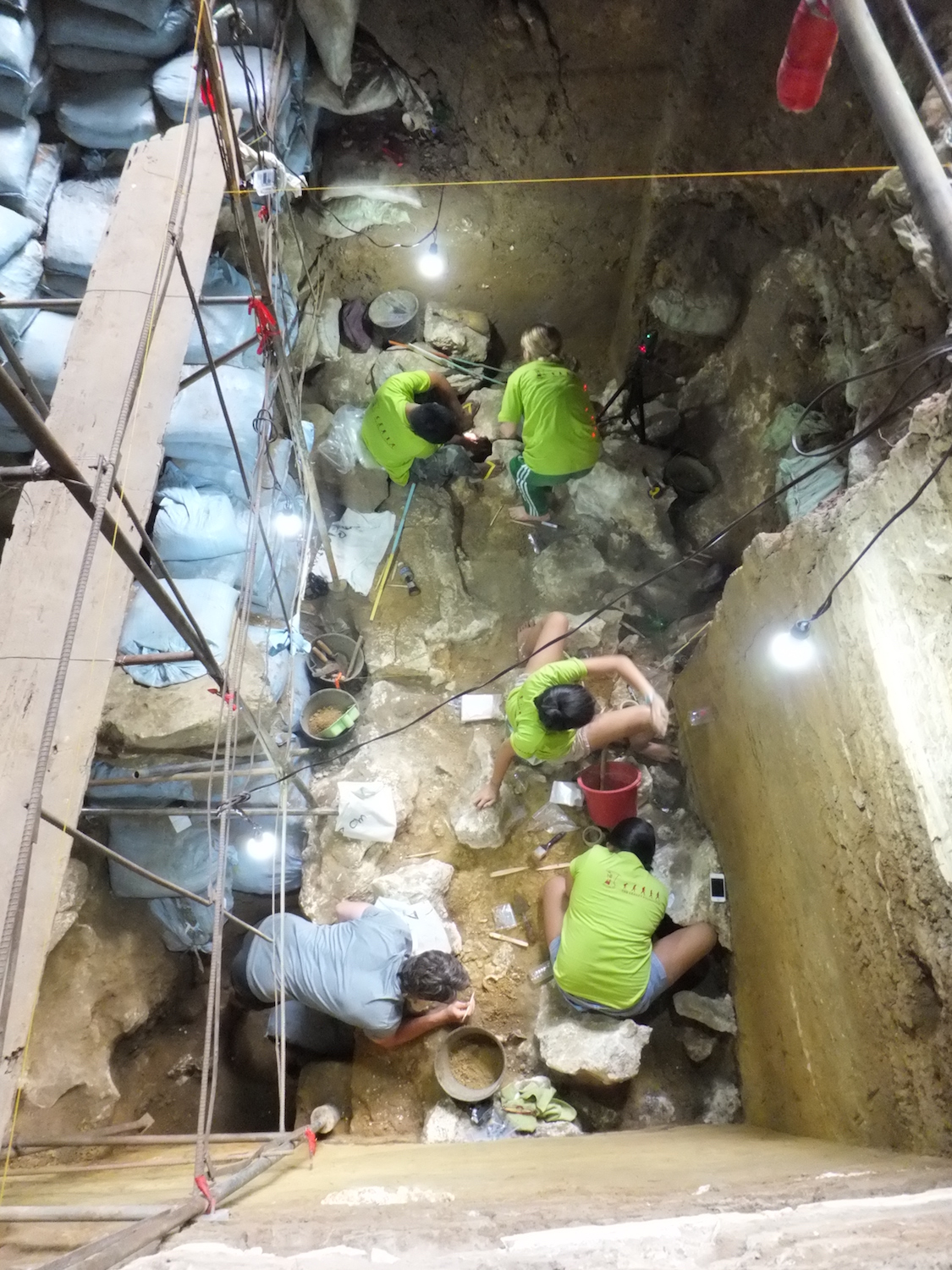
Homo luzonensis was alive at the same time as other human relatives, including Homo sapiens, Neanderthals, Denisovans and Homo floresiensis.
Luzon island
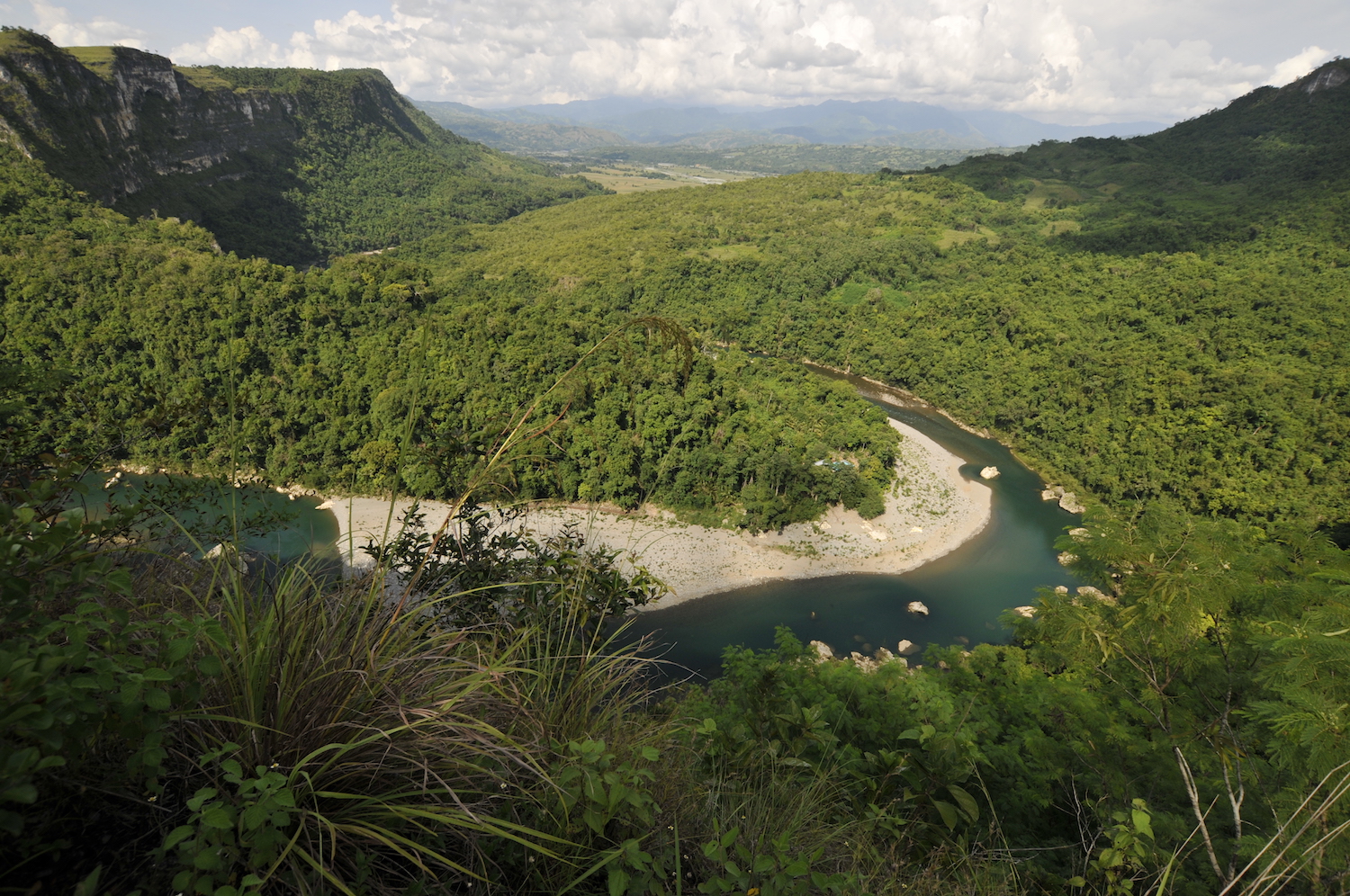
Luzon is a large island. It has never been connected to another landform throughout the Quaternary, a period lasting from 2.6 million to 12,000 years ago. In other words, early humans likely boated there.
Homo luzonensis
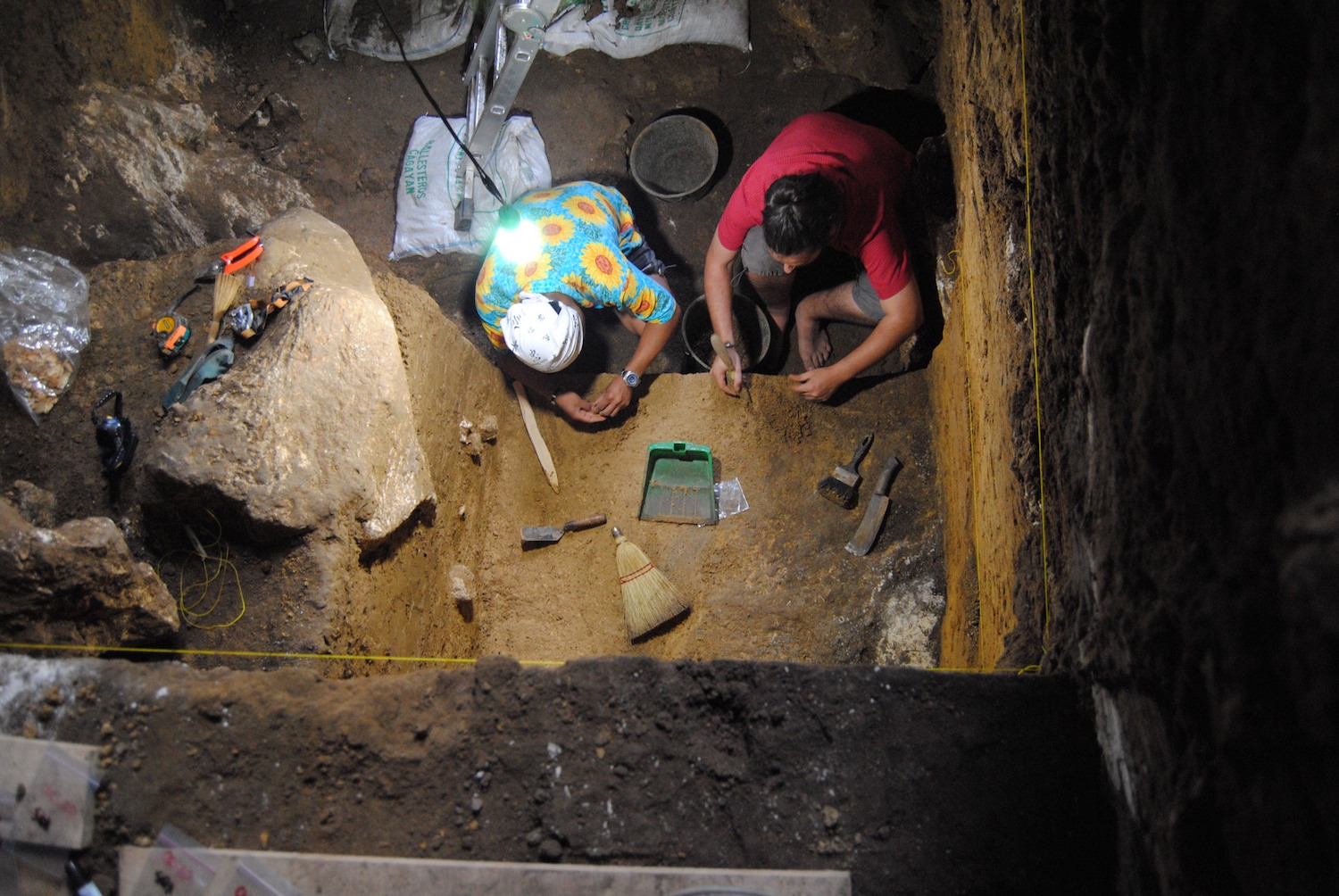
This discovery of Homo luzonensis is a "remarkable discovery," Matthew Tocheri, Canada Research Chair in Human Origins and an associate professor of anthropology at Lakehead University in Ontario, Canada, wrote in an accompanying perspective. But this discovery "will no doubt ignite plenty of scientific debate over the coming weeks, months and years," Tocheri wrote.
[Read more about the newfound ancient human relative]

Laura is the managing editor at Live Science. She also runs the archaeology section and the Life's Little Mysteries series. Her work has appeared in The New York Times, Scholastic, Popular Science and Spectrum, a site on autism research. She has won multiple awards from the Society of Professional Journalists and the Washington Newspaper Publishers Association for her reporting at a weekly newspaper near Seattle. Laura holds a bachelor's degree in English literature and psychology from Washington University in St. Louis and a master's degree in science writing from NYU.


